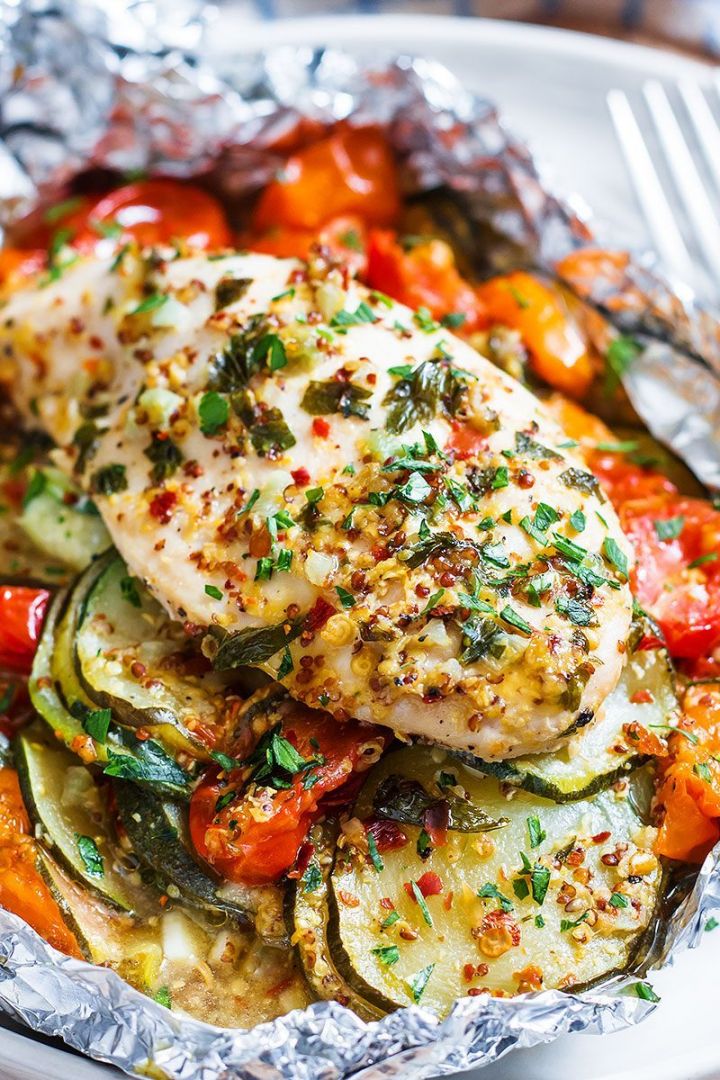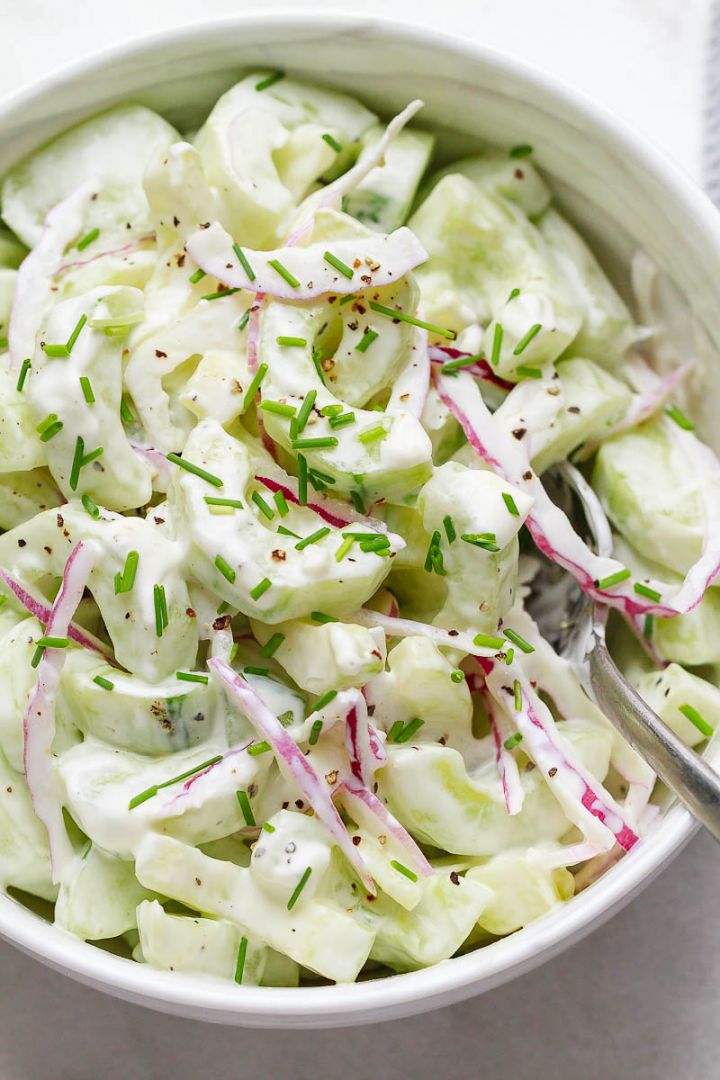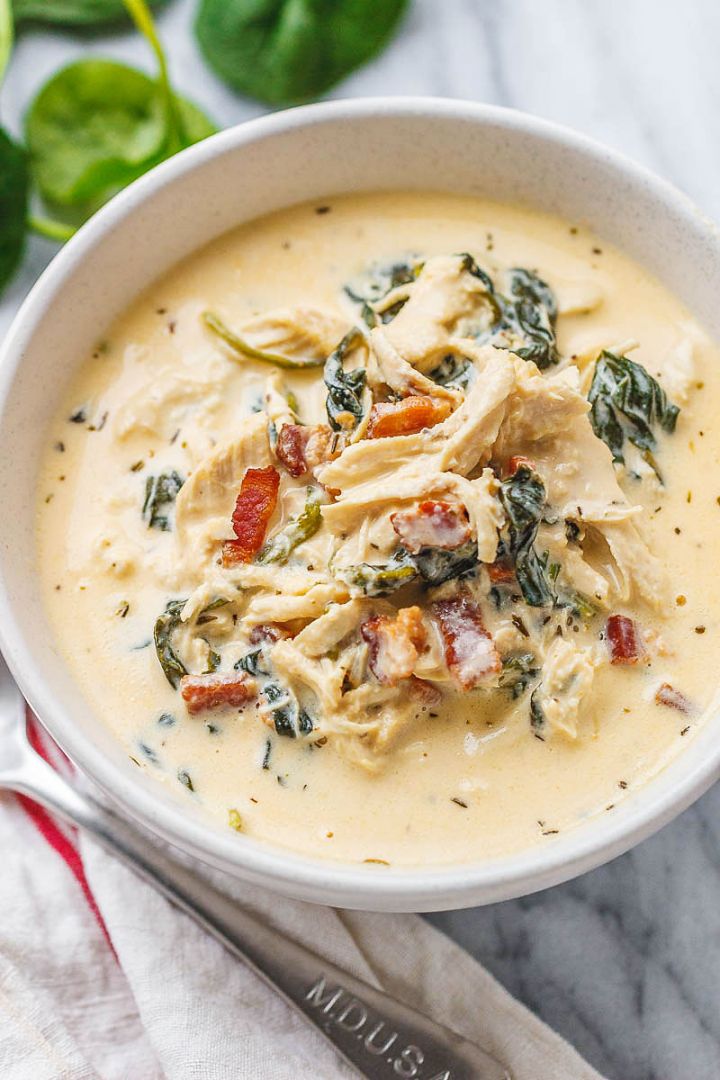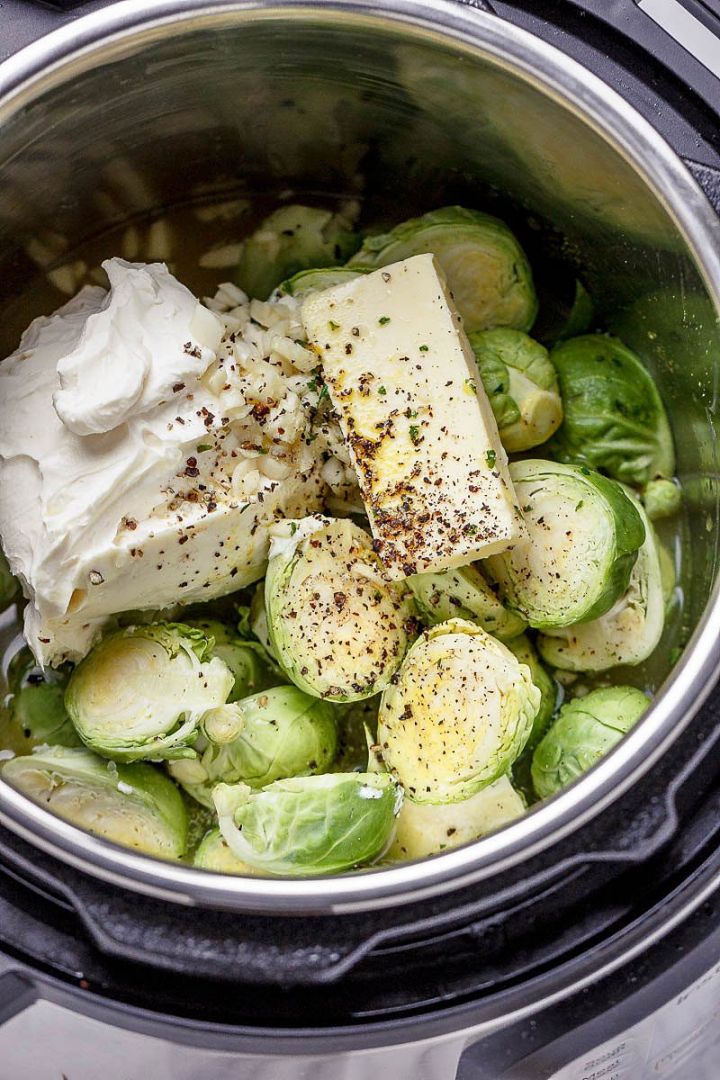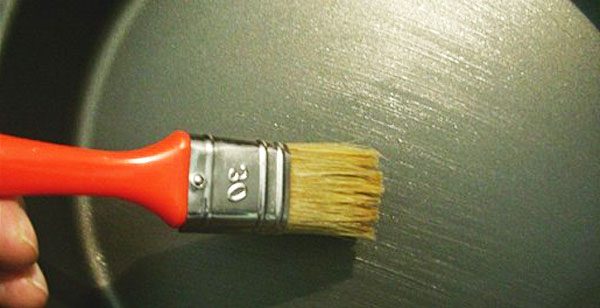 You certainly know that feeling of disappointment when your cake comes outwith missing parts…
You certainly know that feeling of disappointment when your cake comes outwith missing parts…
One more time, the dough stuck to the bottom of your cake pan… Even though you tried so hard to make the perfect lining, there is always one thing that comes and crushes all your efforts…
Indeed, a poorly greased and floured cake pan will result in a biscuit that sticks to the surface and may be dotted with “bubbles”, scratches and color burns. It’s such a headache sometimes…
This technique simply allows you to obtain clean, professional, superior results. And when I say superior, I really mean superior!
This tip applies to desserts like delicate sponge cakes, especially for cake pans and molds that are not non-stick, such as tin molds.
This technique gives you better control of the releasing of the cake and increases greatly its appearance, as you’ll see in the result below.
Here’s how to grease and flour your cake pan perfectly:
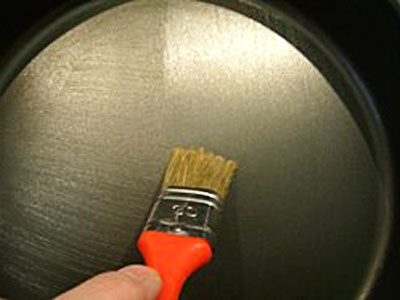 First: don’t spread butter with your fingers! Use a brush for this purpose as a good tool is partly responsible for a good result. Brush the bottom of the cake pan with cold melted butter and then polish the sides.Now the BIG trick: put the pan in the refrigerator and allow the cold butter to set. That’s the first round.
First: don’t spread butter with your fingers! Use a brush for this purpose as a good tool is partly responsible for a good result. Brush the bottom of the cake pan with cold melted butter and then polish the sides.Now the BIG trick: put the pan in the refrigerator and allow the cold butter to set. That’s the first round.
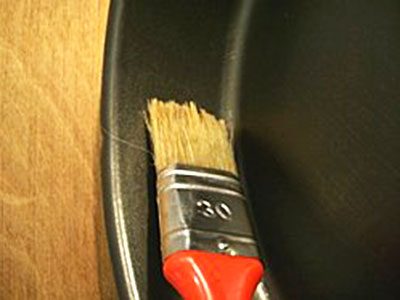 When the first layer of butter is set and cold, it’s time for the second round: brush the cake pan once again following the same technique. It will tighten the butter lining.
When the first layer of butter is set and cold, it’s time for the second round: brush the cake pan once again following the same technique. It will tighten the butter lining.
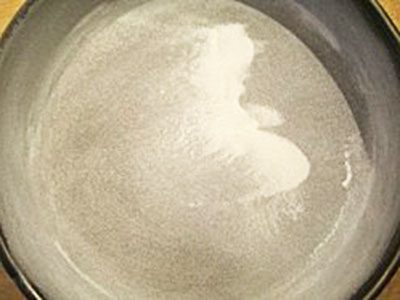 Add and spread a little flour on all sides of the mold by turning it vertically. Just let gravity do its job. Floured surfaces won’t retain more flour. Don’t leave any useless flour in the pan.
Add and spread a little flour on all sides of the mold by turning it vertically. Just let gravity do its job. Floured surfaces won’t retain more flour. Don’t leave any useless flour in the pan.
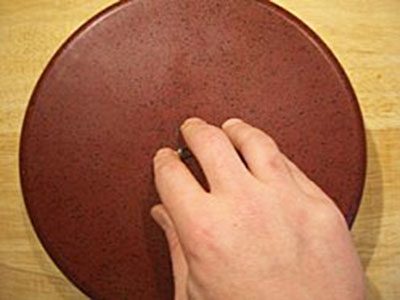 Return and pat the pan to dry off excess flour.
Return and pat the pan to dry off excess flour.
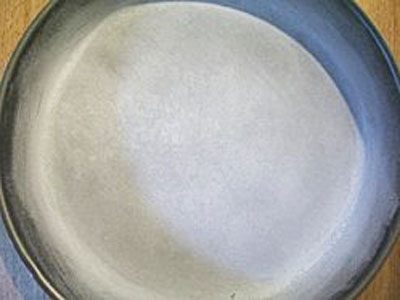 Here’s the result: a perfect and evenly floured cake pan surface, ready to be lined with dough.
Here’s the result: a perfect and evenly floured cake pan surface, ready to be lined with dough.
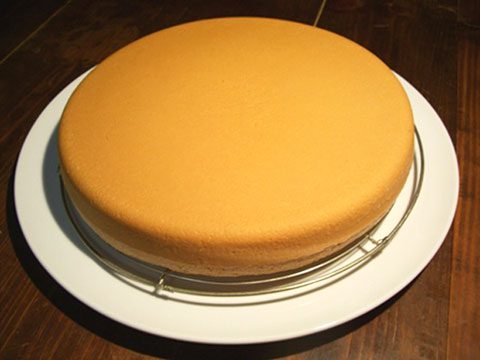
Here’s what you can expect after this treatment. The cake is perfectly smooth and balanced.
Tips and tricks
The first trick is to polish the mold twice, leaving the butter to set between the two rounds. The butter must be spread over a very thin film to leave a little catch to the flour.
Here is the second trick: you must have a very thin layer of flour so the biscuit surface will be smooth and even.
Moral of the story: in the kitchen and even more in pastry, it’s all about the details!



